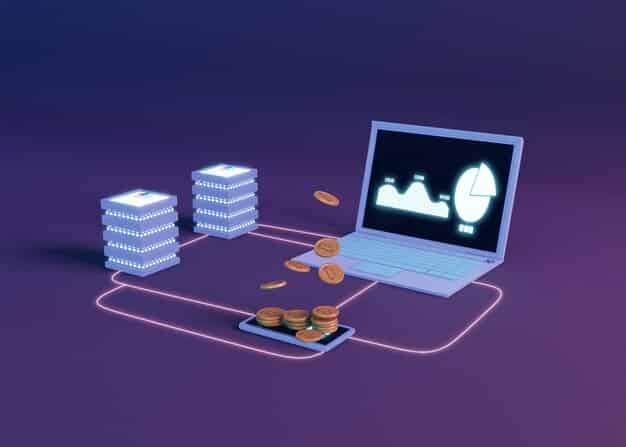The Environmental Impact of Blockchain: Fact vs. Fiction
Mia Wilson

Photo: The Environmental Impact of Blockchain: Fact vs. Fiction
The rise of blockchain technology has sparked both excitement and skepticism, with its potential to revolutionize various industries being weighed against its environmental footprint. As this innovative technology continues to gain traction, it's crucial to discern the reality from the myths surrounding its ecological implications. This article aims to provide an insightful analysis of the environmental impact of blockchain, distinguishing the facts from the fiction, and offering a comprehensive perspective on this evolving conversation.
The Myth of Energy Consumption
One of the most prevalent misconceptions about blockchain is its energy consumption, often portrayed as a power-hungry technology. While it's true that blockchain operations, especially those of cryptocurrencies like Bitcoin, have been criticized for their energy demands, it's essential to put these numbers into context. The energy usage of Bitcoin, for instance, is often compared to that of small countries, but this comparison can be misleading. Bitcoin's energy consumption, though significant, is primarily driven by the computational power required for mining, which is a process that ensures the security and integrity of the network.
It's worth noting that not all blockchain systems are created equal. Bitcoin's energy-intensive consensus mechanism, known as Proof of Work (PoW), is not the only option. Alternative mechanisms like Proof of Stake (PoS) significantly reduce energy requirements by removing the need for extensive computational power. Ethereum, for instance, is transitioning from PoW to PoS, which promises a 99% reduction in energy consumption, demonstrating that blockchain technology can be environmentally conscious.
The Environmental Benefits of Blockchain
Far from being a burden on the environment, blockchain technology can offer numerous ecological benefits when implemented strategically. Here are some key advantages:
Efficiency in Supply Chains: Blockchain can enhance supply chain transparency, making it easier to track products from source to consumer. This transparency can reduce waste and inefficiencies, ensuring that resources are used optimally, thereby reducing the overall environmental impact.
Renewable Energy Trading: Blockchain-based platforms can facilitate peer-to-peer energy trading, allowing individuals to buy and sell renewable energy directly. This concept promotes the adoption of green energy sources and can potentially reduce the carbon footprint of energy consumption.
Carbon Credit Trading: Blockchain technology can streamline carbon credit trading, making it more accessible and transparent. This could incentivize companies to reduce their carbon emissions, as the process of buying and selling carbon credits becomes more efficient and less prone to fraud.
Sustainable Finance: Blockchain can facilitate the creation of green financial products, such as green bonds, making it easier for investors to support environmentally friendly projects. This could encourage more sustainable business practices and investments.
The Role of Decentralization
Blockchain's decentralized nature is both a strength and a potential environmental challenge. Decentralization ensures that data is secure and the system is resistant to censorship and corruption. However, this also means that multiple nodes are running the blockchain network, each consuming energy.
The environmental impact of this decentralization depends on the scale of the network and the energy efficiency of the nodes. For instance, a large-scale blockchain network with energy-efficient nodes might have a more negligible environmental impact compared to a smaller network with power-intensive nodes.
The Future of Blockchain and the Environment
The environmental impact of blockchain technology is a dynamic and evolving topic. As the technology matures, so does its energy efficiency and potential for ecological benefits. The key lies in the hands of developers and users, who can choose energy-efficient consensus mechanisms and implement sustainable practices.
The transition of major cryptocurrencies and blockchain platforms to more energy-efficient models, such as the Ethereum 2.0 upgrade, is a significant step towards a greener blockchain ecosystem. These advancements demonstrate that the blockchain community is actively addressing environmental concerns.
In conclusion, while blockchain technology has been associated with high energy consumption, especially in the context of cryptocurrency mining, it is essential to recognize that this is not an inherent characteristic of all blockchain systems. The environmental impact of blockchain is a nuanced topic, and the technology itself can be a powerful tool for driving sustainability. By embracing energy-efficient consensus mechanisms and leveraging the technology's inherent strengths, blockchain can contribute to a more environmentally friendly future.
The conversation around blockchain's environmental footprint should not deter us from exploring its potential but should instead guide us towards making informed decisions and implementing sustainable practices within this innovative space. As with any emerging technology, the environmental impact of blockchain will continue to evolve, and it is up to the community to ensure that this evolution is a positive one.
For You
View AllFind out whether an SUV or a sedan is the better choice for your lifestyle. Compare space, performance, and efficiency now!
Mia Wilson
Discover the importance of health education in promoting wellness and preventing diseases. Start your journey to health today!
Mia Wilson
Get insights into VPS hosting prices and how to choose an affordable plan.
Mia Wilson
Save money while traveling with these 10 genius budget travel hacks. Explore the world without emptying your wallet!
Mia Wilson
Dive into special education, its purpose, and how it supports students with unique needs. Learn how it changes lives!
Mia Wilson
Learn why physical education is essential for health, academics, and personal growth. Get inspired to stay active!
Mia Wilson
Health




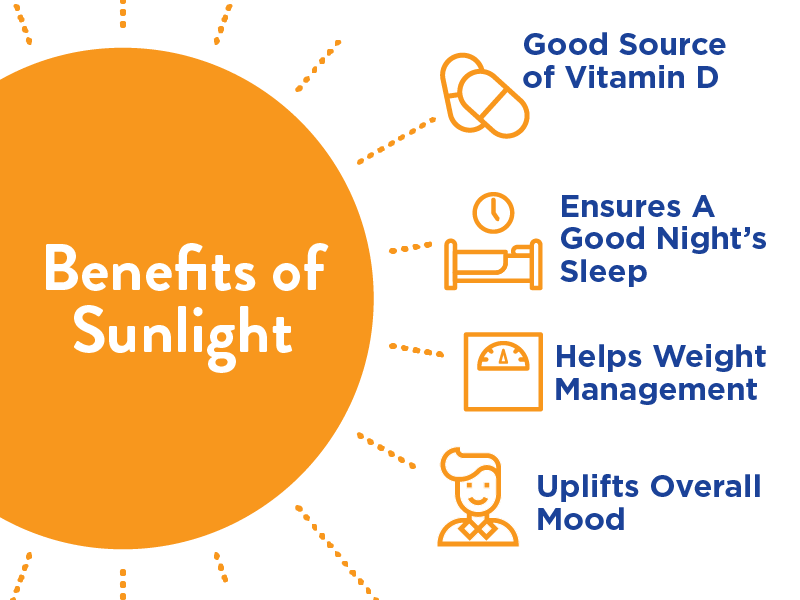





Education
View All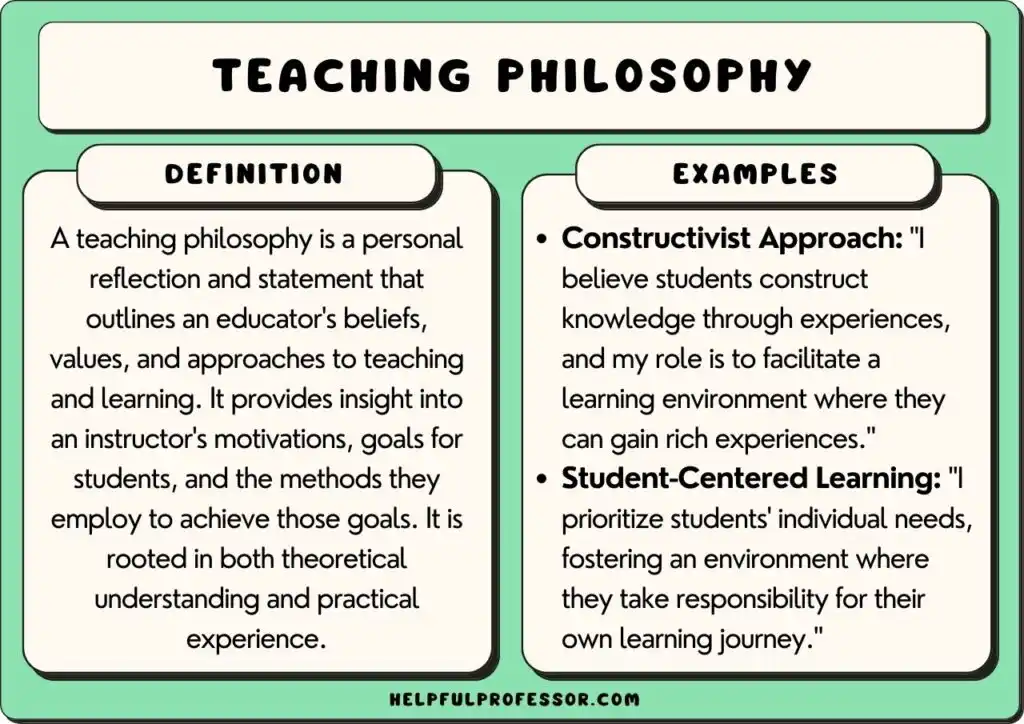
June 1, 2025
What Is Your Philosophy of Education?
Reflect on your philosophy of education, its core values, and how it influences teaching and learning practices. Discover your approach today!
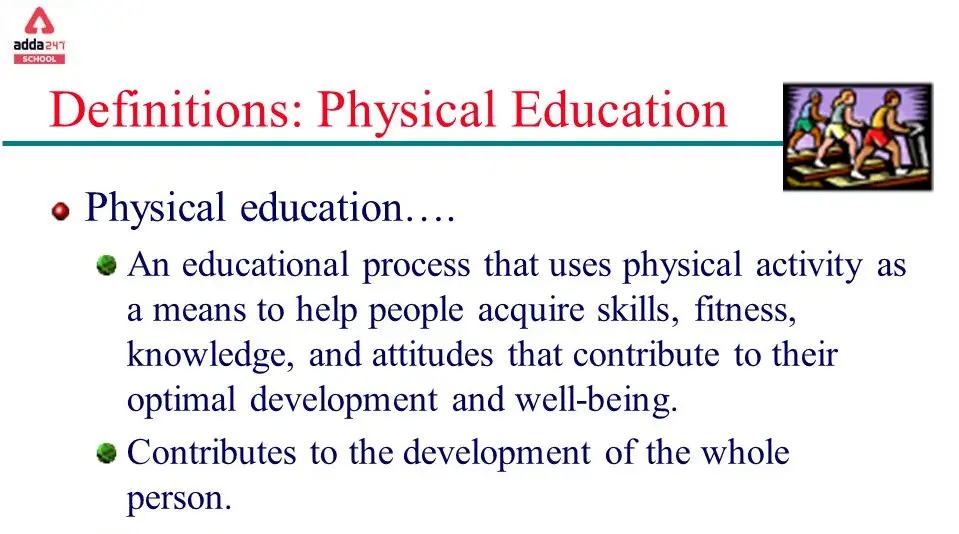
April 14, 2025
What Is Physical Education? Explained!
Discover the importance of physical education, its benefits, and why it's crucial for overall development. Learn more now!
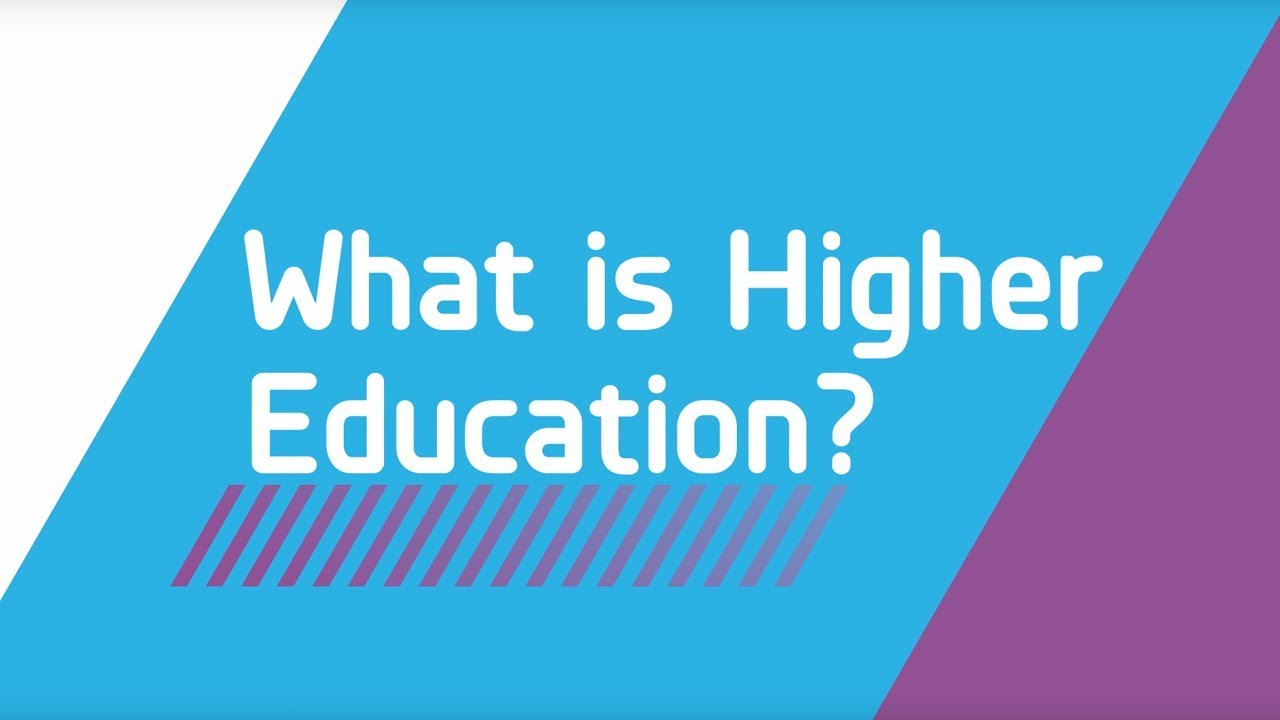
April 19, 2025
What Is Higher Education?
Understand higher education, its benefits, and how it shapes future opportunities. Explore your potential now!


